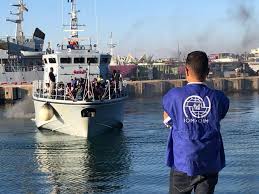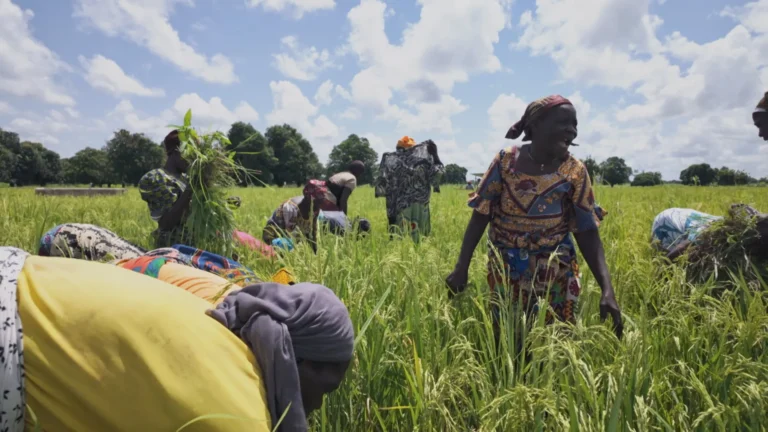
Libya has seen over 850 migrants intercepted and returned to its shores in just one week, highlighting the ongoing humanitarian and migration challenges along the Central Mediterranean route.
According to the International Organization for Migration (IOM), 858 migrants were intercepted and returned to Libya between September 14 and 20, 2025.
Since the beginning of the year, the total number of migrants returned to Libyan territory has reached 18,260.
The IOM reiterated its position that Libya cannot be considered a safe port for migrants due to widespread insecurity and systematic human rights violations.
Those returned are frequently placed in detention centers, where they face significant risks, including ill-treatment, violence, and exploitation.
The Central Mediterranean route remains one of the world’s most dangerous migration corridors. Despite the hazards, thousands of migrants continue to attempt the perilous journey from Libya to Europe each year, fleeing conflict, poverty, and political instability in their home countries.
Pushback operations, often conducted with the support of the Libyan coastguard, have drawn sharp criticism from humanitarian organizations. Advocates urge that disembarkation procedures be aligned with international protection standards, ensuring the safety and rights of migrants.
“These latest figures underscore the scale and complexity of the migration crisis in the Mediterranean,” the IOM said in its weekly update, emphasizing the need for urgent humanitarian solutions and international cooperation.
The situation also reflects the broader tension facing the European Union, which must balance its border management policies with its obligations to protect fundamental human rights. As migration pressures continue, calls are growing for coordinated approaches that address both immediate safety concerns and the long-term needs of migrants.
Humanitarian agencies warn that without substantial reforms and support, migrants returned to Libya will remain vulnerable to harsh conditions, perpetuating a cycle of risk and displacement along the Mediterranean corridor.



